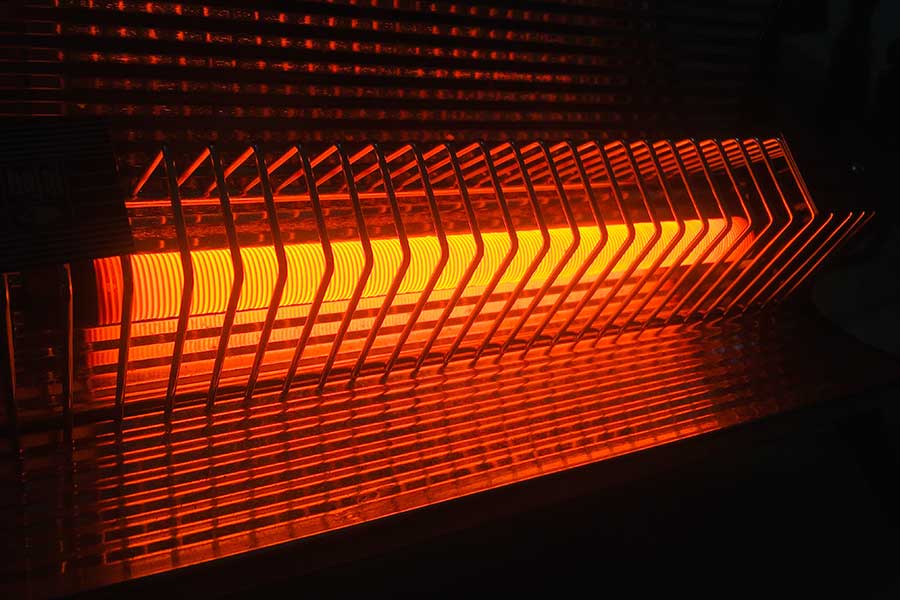
How Infrared Heaters Work: Understanding the Science Behind the Heat
Because of their energy efficiency and capacity for focused heating, infrared heaters are becoming more and more desirable as a heating solution for residential and commercial properties. So how precisely do they operate? When selecting a heating system for your home, knowing the science underlying infrared heating will help you make an informed choice.
What is Infrared Heating?
As radiant heating, infrared heating warms objects directly instead of warming the surrounding air. This is distinct from traditional heating systems, which warm the air in a space. Infrared radiation, a form of electromagnetic radiation that falls between radio waves and visible light in the electromagnetic spectrum, is produced by infrared heaters.
How do Infrared Heaters Work?
Infrared heaters emit infrared radiation, which is absorbed by objects in the room, including people, furniture, and walls. The radiation is converted into heat energy when absorbed, warming up the object. This is similar to how the sun heats the earth – it emits infrared radiation, which is absorbed by the earth and warms it up.
Unlike conventional heating systems, which warm the air and cause it to rise, infrared heaters warm objects directly, which means they can heat a space more quickly and efficiently. Because the heat is targeted, it doesn’t escape through drafts or open doors, which can help reduce energy costs.
Types of Infrared Heaters
There are several types of infrared heaters available on the market, including:
- Quartz Infrared Heaters: These heaters use quartz heating elements to emit infrared radiation. They are often used in outdoor heating applications and commercial spaces.
- Ceramic Infrared Heaters: These heaters use ceramic heating elements to emit infrared radiation. They are often used in industrial heating applications and can be found in drying ovens and paint-curing booths.
- Carbon Infrared Heaters: These heaters use carbon fibers to emit infrared radiation. They are often used in home heating applications and can be found in portable heaters and wall-mounted panels.
Benefits of Infrared Heaters
Infrared heaters offer several benefits over conventional heating systems, including:
- Energy Efficiency: Because infrared heaters heat objects directly, they can be more energy-efficient than traditional heating systems. They also heat up quickly, which means they can be turned on and off as needed to save energy.
- Targeted Heating: Infrared heaters can be directed to heat specific areas of a room, which means they can be used to heat only the spaces that are being occupied.
- Reduced Air Circulation: Because infrared heaters don’t warm the air, they don’t create air currents that can circulate dust and other allergens.
- Silent Operation: Infrared heaters don’t rely on fans or other moving parts to heat a room, which means they operate silently.
Bottom Line
Understanding the science behind infrared heating can help you decide when choosing a heating system for your space because you now know how it works. Also, infrared heaters offer several benefits over conventional heating systems, including energy efficiency, targeted heating, reduced air circulation, and silent operation. With various types and sizes available, infrared heaters can be a versatile and efficient heating solution for any space.






